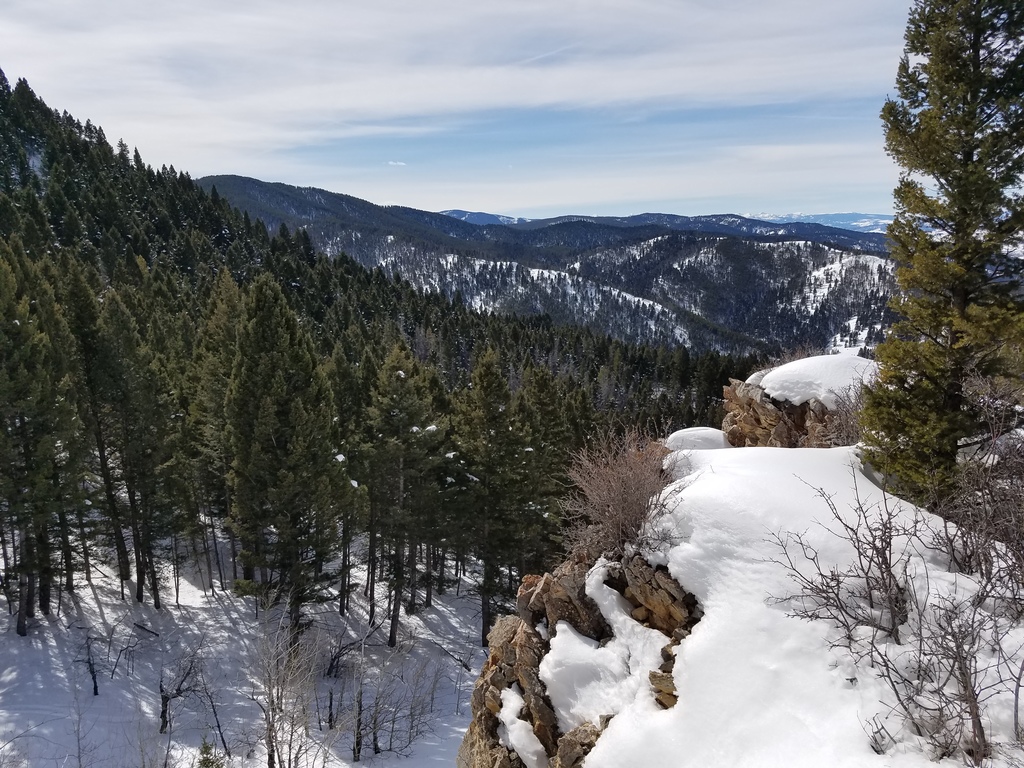Is it better to pump oil today, tomorrow, or never? Is a tree more valuable if harvested now, in a decade, or allowed to burn? These questions tee up the issue of option value—the prospect that decisions made today will either increase or decrease options going forward—one of the recurring challenge of conservation decisions.
The issue is most often discussed in terms of irreversible decisions: if you cut down a timber stand today, you can’t conserve it as a habitat tomorrow. But the concept is far richer. It’s different from the precautionary principle, which always puts a thumb on the scale against taking action. Cutting down a tree today may eliminate the option of using the tree differently tomorrow, but it may also open up new options previously unavailable.
For instance, Save Our Gallatin Front—a conservation group which recently outbid a timber company to conserve a forest stand on state lands near Bozeman—and the timber company they outbid dispute whether their bids should be compared on an apples-to-apples basis because each presents different option values. Save Our Gallatin Front argues that its bid gives the state not only what the group paid for the conservation license but also the value of harvesting trees when the license expires in 25 years (an option that wouldn’t exist if the trees were harvested today). The timber company argues that, in addition to paying for the trees, it will build roads that could be useful infrastructure if a wildfire ever breaks out in the area (an option that would not exist without the timber harvesting).
Property owners face similar trade-offs and have good incentives to resolve them correctly because they enjoy both the short-term and long-term effects of their decisions. Unfortunately, government decision-making doesn’t always account for these trade-offs. Professor Michael Livermore has criticized the auction process for off-shore drilling rights because it assumes drilling must be a “now-or-never” decision, ignoring the “value associated with the option to delay [which] can be large, especially when there is a high degree of uncertainty about price, extraction costs, or the social costs imposed by drilling.” For instance, the value of different uses may change dramatically if a new drilling technology is developed or a new species is discovered.
Another place where this arises is conservation easements, which tax rules treat as now-or-never decisions rather than property rights that can be renegotiated easily in the future. If a conservation easement cannot adapt to changing circumstances, it deprives conservation groups of options to accept future modifications to the easement in exchange for other, offsetting conservation benefits.
To capture the benefits of option values, government should ensure that when it creates rights to use or conserve resources those rights mimic tradeable property rights as much as possible. That way, whoever holds those rights will have better incentives to internalize both the short and long-term effects of their decisions. Resource managers should also have greater flexibility to make apples-to-oranges comparisons when different users present different trade-offs.




